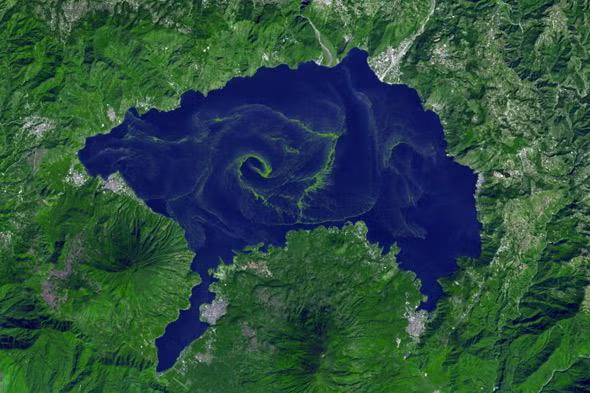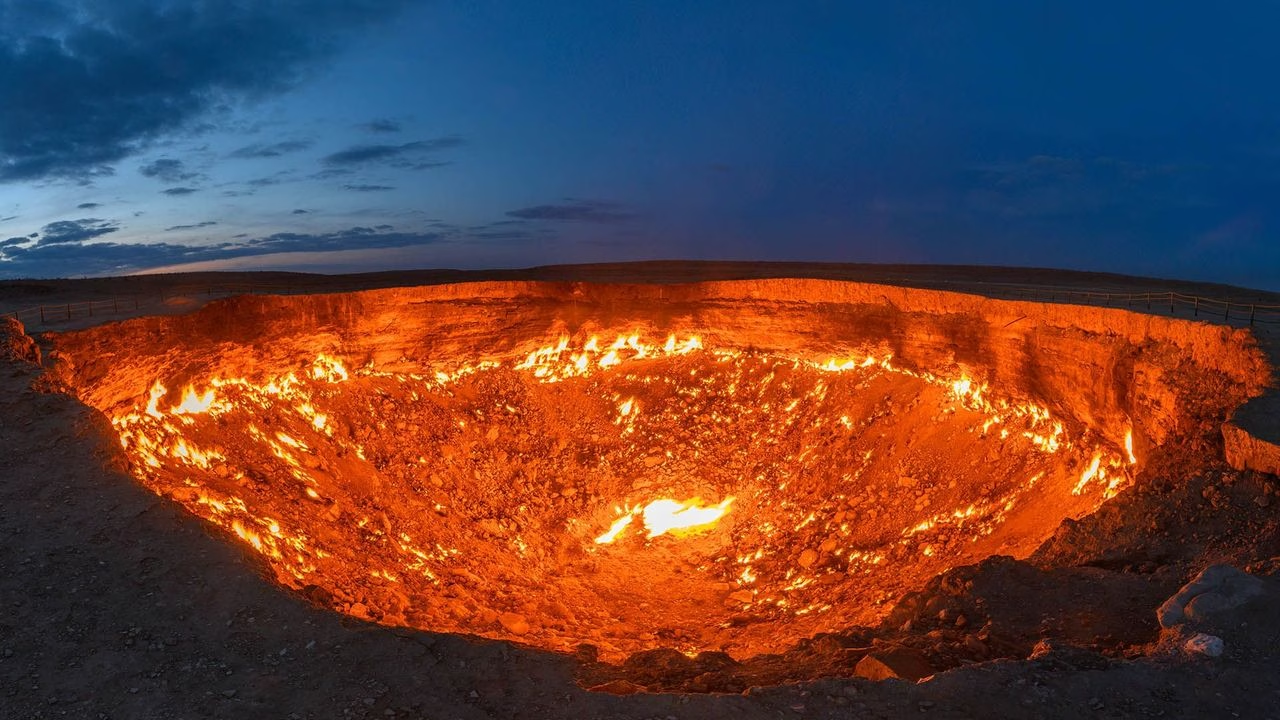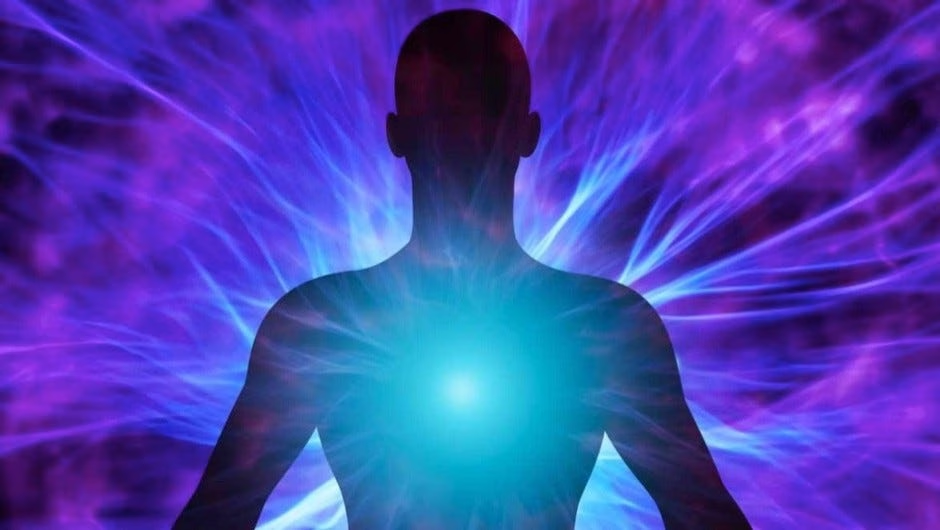When we think about the end of the world, we usually imagine an event in the future — a massive asteroid, nuclear war, or a robot uprising. But what many people don’t realize is that the world, as we know it, has already ended multiple times. While humanity has survived each of these cataclysms, many were close calls that reshaped life on Earth, ended civilizations, or wiped out species.
1. The Great Oxygenation Event (2.4 Billion Years Ago)
World-ending for: Most early life
You might think oxygen is a good thing — and it is, for us. But 2.4 billion years ago, Earth’s atmosphere was largely oxygen-free. Then cyanobacteria began photosynthesizing, releasing oxygen into the oceans and atmosphere.
This “pollution” triggered the Great Oxygenation Event, which was toxic to many early anaerobic life forms, leading to a mass extinction. It radically changed Earth’s biosphere and climate, possibly causing a global ice age. Oxygen gave rise to complex life but wiped out much of what came before.
2. The Permian-Triassic Extinction (252 Million Years Ago)
World-ending for 90% of marine life, 70% of land species
Also known as the “Great Dying,” this extinction event was the most severe in Earth’s history. Volcanic eruptions in Siberia released massive amounts of CO₂, heating the planet, acidifying oceans, and collapsing ecosystems.
It took millions of years for life to recover. This event truly reset the evolutionary clock, paving the way for dinosaurs — and later, us.
3. The Chicxulub Asteroid Impact (66 Million Years Ago)
World-ending for: The dinosaurs (and most other species)
This is the one most people are familiar with. A 6-mile-wide asteroid slammed into what’s now the Yucatán Peninsula in Mexico. The impact caused tsunamis, global fires, and blocked out the sun, plunging Earth into a “nuclear winter.”
75% of species went extinct, including all non-avian dinosaurs. But without this event, mammals (and eventually humans) might never have become dominant. In a way, our world began because the dinosaurs’ world ended.
4. Toba Supervolcano Eruption (74,000 Years Ago)
World-ending for: Early human populations
The eruption of Mount Toba in present-day Indonesia was one of the most powerful volcanic events in the last 2 million years. It ejected 2,800 cubic kilometers of volcanic material into the atmosphere, leading to a global volcanic winter that may have lasted up to a decade.
Some scientists believe this caused a genetic bottleneck in early human populations, reducing numbers to as few as 3,000 individuals. Humanity barely hung on, and our ancestors’ survival was a close call.
5. The Black Death (1347–1351)
World-ending for: Nearly half of Europe’s population
The bubonic plague, caused by Yersinia pestis, wiped out an estimated 75–200 million people in Eurasia. In Europe alone, the population dropped by as much as 50%.
Entire villages vanished, economies collapsed, and society fell into chaos. Some believed it was the literal end of the world. Ironically, the plague also accelerated scientific inquiry and labor reform — the darkness that gave rise to the Enlightenment.
6. The Younger Dryas Impact Hypothesis (Around 12,800 Years Ago)
World-ending for: Ice Age megafauna and early civilizations
Though still debated, the Younger Dryas event suggests that a comet or asteroid impact may have triggered a sudden return to glacial conditions, ending the warming period after the Ice Age.
This event coincides with the extinction of mammoths and saber-toothed cats, and the collapse of early human cultures like the Clovis people in North America. If true, this impact set back civilization by thousands of years.
7. The Bronze Age Collapse (Around 1200 BCE)
World-ending for: Early civilizations in the Mediterranean
A sudden and mysterious collapse of multiple advanced civilizations — including the Mycenaeans, Hittites, and Egyptians — led to the fall of an entire cultural era. Writing systems disappeared. Trade routes ended. Cities were abandoned.
The causes remain unclear: climate change, famine, invasion by the mysterious “Sea Peoples,” and internal rebellion may all have contributed to the situation. Whatever the reason, the lights went out on the ancient world.
8. Tambora Eruption and the “Year Without a Summer” (1815)
World-ending for: Crops, climate stability, and global economies
The eruption of Mount Tambora in Indonesia was the most powerful in recorded history. It caused a massive drop in global temperatures, leading to 1816, known as the “Year Without a Summer.”
Crops failed worldwide. Famine spread. Snow fell in June in the U.S., and harvests failed in Europe and China. The weather was so bleak that Mary Shelley, trapped indoors, wrote Frankenstein. A real-world disaster gave rise to a literary monster.
9. World War II and the Atomic Age (1939–1945)
World-ending for: Millions of people, and possibly the old world order
World War II caused the deaths of over 70 million people — the deadliest conflict in human history. It ended with the atomic bomb, which not only destroyed Hiroshima and Nagasaki but also introduced humanity to the very real threat of self-inflicted extinction.
The Cold War and the arms race that followed meant that for decades, we lived in fear of nuclear annihilation. The power to end the world with a button press became terrifyingly real.
10. The Cuban Missile Crisis (1962)
World-almost-ending for: Everyone on Earth
For 13 tense days in October 1962, the world stood on the brink of nuclear war. The Cuban Missile Crisis brought the U.S. and the Soviet Union to a face-off over the placement of nuclear missiles in Cuba.
One misstep could have meant global annihilation. Fortunately, diplomacy prevailed; however, historians agree that we came within minutes of ending the world as we know it.
Final Thoughts: The End Is Not the End
These 10 world-ending (or world-changing) events prove that the apocalypse isn’t always fire and brimstone. Sometimes it’s ash in the sky, a bug in your blood, or a human decision made in a moment of fear. The world has ended many times for entire species, civilizations, and ways of life.
Yet, time and again, life adapts, evolves, and rises again. Whether by luck, resilience, or ingenuity, humanity has survived its near-demises. Each “end” led to a new beginning.


